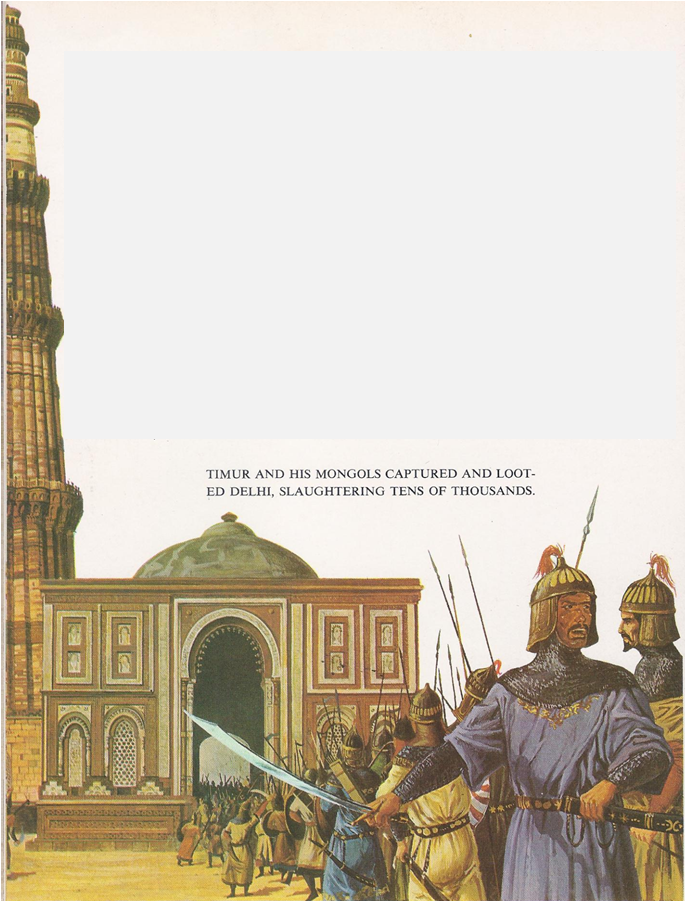IN 711‚ when other Moslem forces were invading distant Spain, Arab soldiers fought their way to the mouth of the Indus River and captured the area called Sind. There they stopped. Nearly three centuries passed before Moslems again menaced India. In 998, a Turk named Mahmud, the amir of Ghazni in Afghanistan, burst through the Khyber Pass with an army of Turkish horsemen to sweep across the Punjab in the first of seventeen raids. Not even the savage, pagan Huns had been as bloodthirsty as these civilized sons of Islam. They hated the Hindus with a special hate. Believing in …
Read More »Tag Archives: Indus River
India: A Thousand Years of History A. D. 1 – 710
UNTIL 1947, when the Moslem state of Pakistan was carved out of its western and eastern corners, the entire triangle of land that points south from the Himalaya Mountains into the Indian Ocean was known as India. Geographers call this huge land mass a subcontinent, because it is almost completely cut off from the rest of the continent of Asia. The Himalayas on its northern frontier form a continuous barrier of rock, the highest in the world. “MOTHER GANGES” From the southern slopes of the Himalayas, two great rivers run down to the ocean. The valley of the Indus River, …
Read More »
